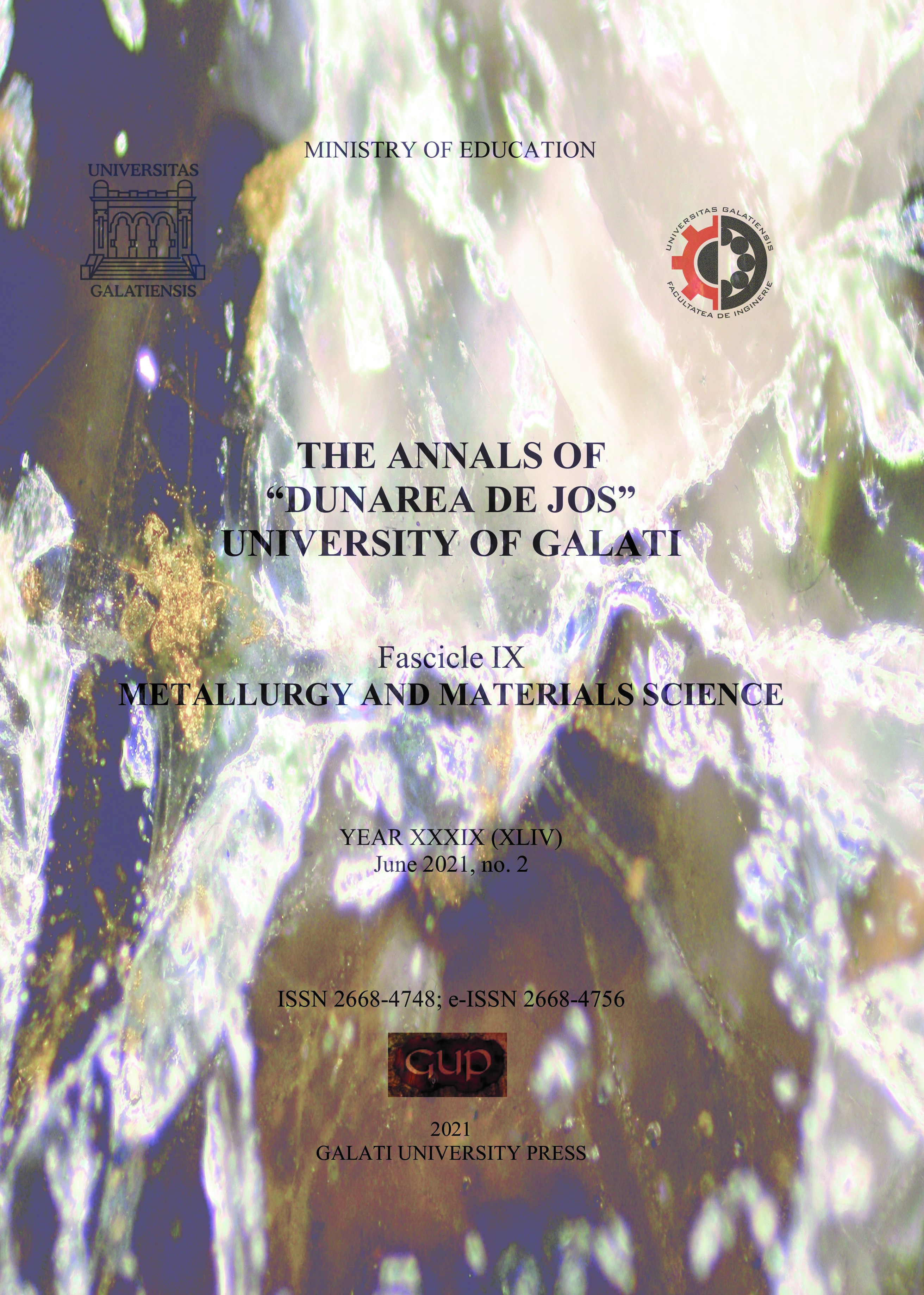Comparison of Technologies for Metal Radioactive Waste Decontamination
Abstract
A review is made of the growth dynamics of metal radioactive waste on a world scale. The most commonly applied technologies (hydro- and pyrometallurgical) for deactivation of this waste are presented.
The implementation of the blocks obtained by remelting for the manufacture of fasteners of nuclear reactors is demonstrated. Based on the conducted experiments and drawn conclusions, the inference is made that the pyrometallurgical methods of processing have greater advantages.
The paper exhibits a convincing motivation for the essential necessity of investigation of the metal radioactive waste processing, following the system D&D (deconstruction + deactivation), using effective and environmentally friendly technology.
Downloads
References
[2]. Slaveykova М. Е., Demireva G. Simova. Estimate of the streams of dismantled materials from EE of Units 1 and 2 of “Kozloduy” Nuclear Power Plant, Conf. of the Bulgarian Nuclear Society, 10-13 Oct., 2012, Hisarya, Bulgaria, (in Bulgarian).
[3]. Quade U., Kluth T., Kreh R., Melting of Low-Level Radioactive Non-Ferrous Metal for Release, Proc. ICEM ’07, Paper 7036, Brügge, Sept., 2007.
[4]. Quade U., Kluth T., German Experience in Recycling of Ferrous Metallic Residues from Nuclear Decommissioning by Melting, Proc. SFEN, Decommissioning Challenges: An Industrial Reality, Avignon, Sept., 2008.
[5]. Andreev D. E., Gelbutovski A. B., Existing Practices and Economic Aspects of the Problem of the Treatment of Metal Radioactive Waste, ZAO „ECOMET-С“, Report from 07.10.2005, (in Russian).
[6]. ***, Regulation No 7 of the Committee on the use of nuclear energy for peaceful purposes for collection, storage, processing, transport and disposal of radioactive waste on the territory of the Republic of Bulgaria, State Gazette, No 8/1992, https://www.bcci.bg/bulgarian/eurozone/negotiations. (in Bulgarian).
[7]. Cotton F., Wilkinson G., Basic Inorganic Chemistry, New York. John Wiley & Sons, 1979.
[8]. Cotton F. A., Wilkinson G., Gaus P., Basic Inorganic Chemistry, 7th edition, J. of Chemical Education, № 77(3), March, 2000.
[9]. Lukarski Y., Argirov Cr., Possibilities of Optimizing the Processing of Metallic Radioaktive Waste, NDT Journal, vol. II, Issue 2, p. 125-133, 2019.
[10]. Kortenski G., Argirov H., Effect of Hydrogen on the Mechanical Properties and Notch Toughness of Нewly Created Steel, J. of Theoretical and Appl. Mechanics, №1, p. 83-86, 1996.
[11]. Lukarski Y., Atanasov I., Argirov Ch., Protection of the Personnel from Irradiation during Pyrometallurgical Processing of the Base of Model Calculations, 27th International Conf. Ecological Truth and Environmental Research “EcoTER”, Bor, Serbia, June, p. 404-411, 2019.



